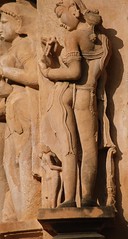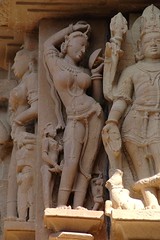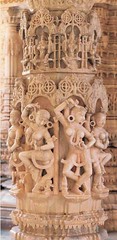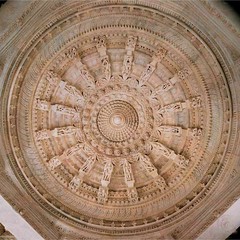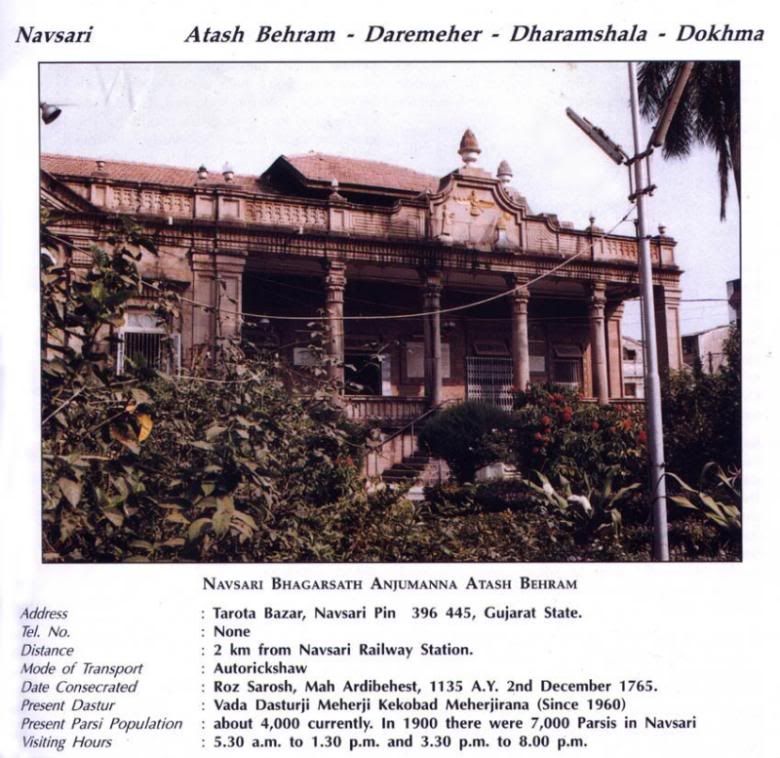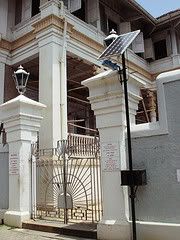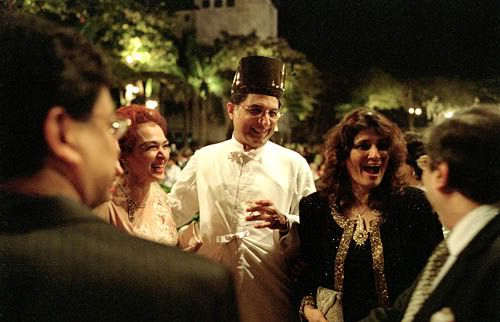




Republic Day-26th January each year:
After a long freedom struggle, India gained independence, on the midnight of August 15th 1947, as a Dominion within the British Commonwealth. But as a gesture of goodwill on the part of the Indian people and leaders, for the fair relationship maintained by the British through the later course of the freedom movement, Lord Louis Mountbatten was made India's first Governor General !!!
That midnight, Jawaharlal Nehru, India's first Prime Minister, made a stirring speech that began :'as the world sleeps, India awakens to freedom..............'India became a Republic on 26th January 1950, as per the Constitution, and Dr Rajendra Prasad the first President.
Since then India celebrates its Republic Day by several functions throughout the country, but the principal one, a grand parade of its defence services, para military units, police and home guards contingents, followed by contingents from selected schools and ending with cultural floats and tribal dance troupes from some of the States of the country. The President takes the salute, and there is now a long tradition where the Head of State of a country is invited as Chief Guest.It is an opportunity for India to put on display its military and tecnological prowess and cultural diversity.

























